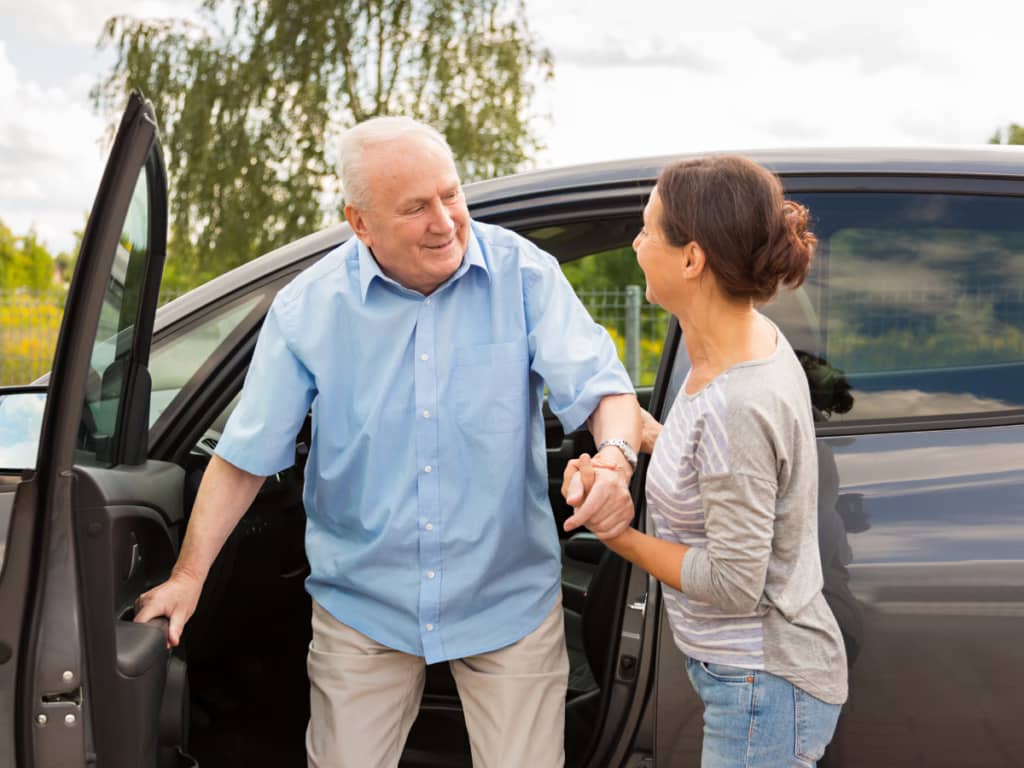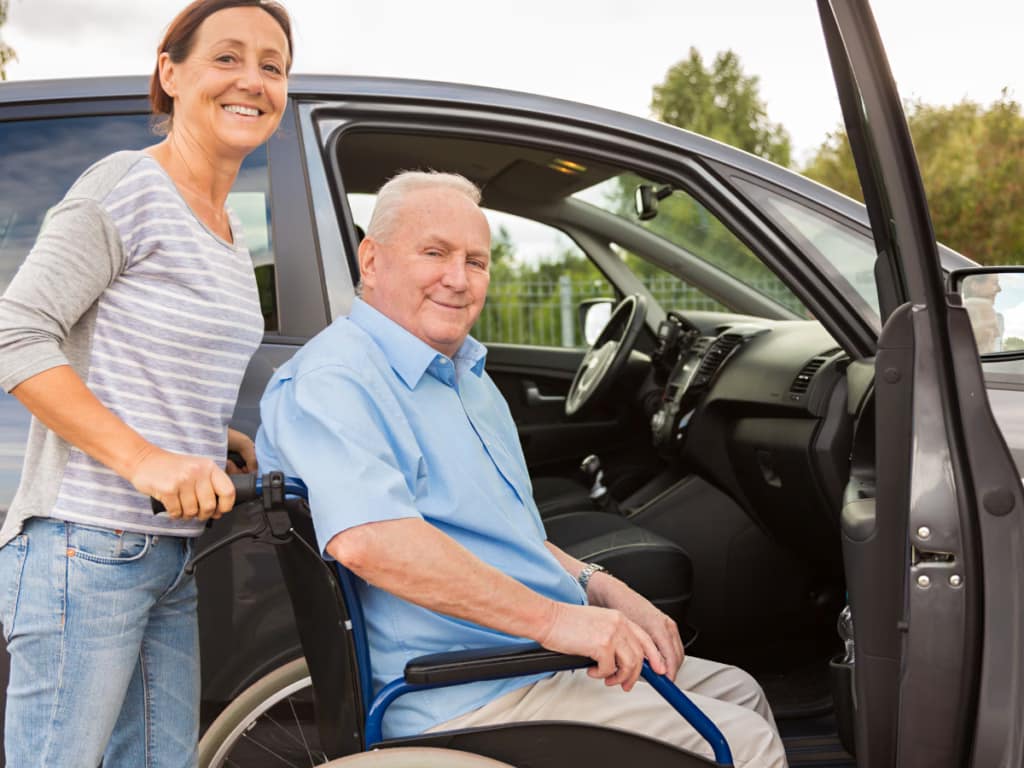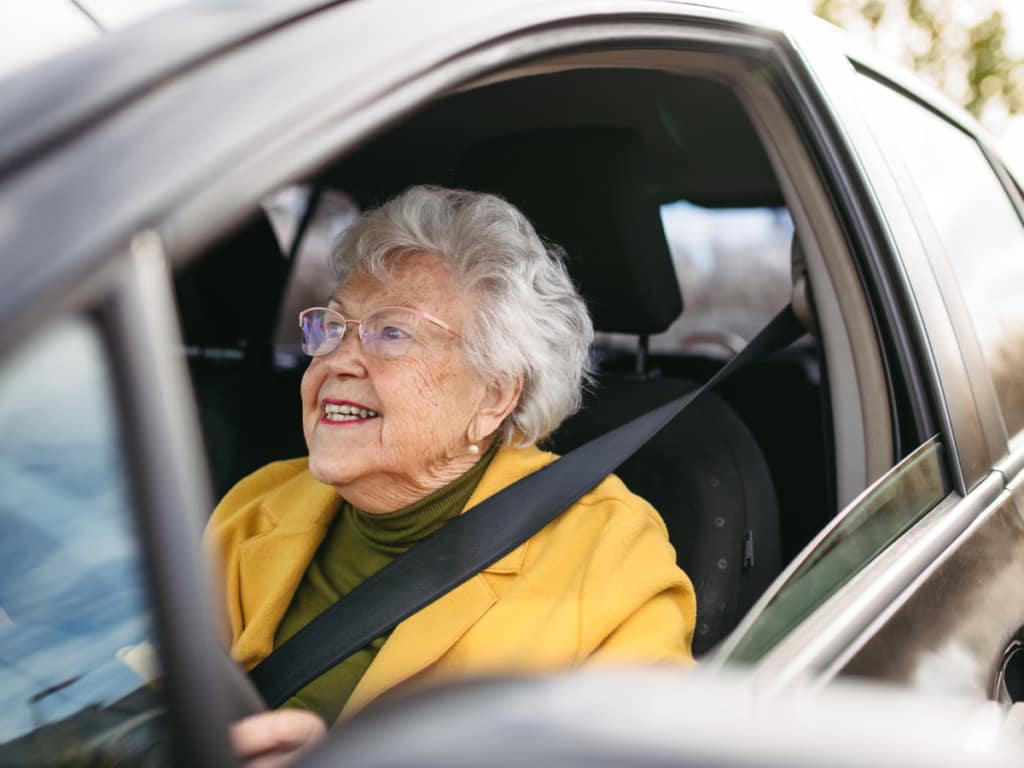Last Updated on February 8, 2025 by Tanya Janse van Rensburg
Navigating the transition away from driving is one of those big life challenges we all hope to avoid—but for many families, it's inevitable.
Whether it’s due to mobility issues, cognitive decline, or illness, there often comes a time when continuing to drive is no longer safe for an elderly loved one.
But here's the tricky part—this can be a sensitive and emotional topic. For lots of seniors, driving represents independence, freedom, and control over their lives.
Telling them it’s time to hand over the keys is not always an easy conversation.
That’s why this guide is here—to provide you with practical advice.
It helps you recognize when it’s time and offers guidance on having those sometimes difficult conversations.
You’ll also learn about alternative solutions to keep your loved one as mobile and independent as possible.

First things first—how do you know when it’s time to suggest giving up driving?
After all, part of being a safe driver is self-awareness, but as we age, recognizing our limitations can be harder than it seems.
If you’re unsure whether your loved one is ready to make the change, here are some major red flags to look out for.
Arthritis, reduced strength, and other physical health challenges can make it difficult to grip the steering wheel, apply the brakes, or check blind spots—all things essential for safe driving.
Difficulty with memory, slower reaction times, and confusion on the road are signs that your loved one’s cognitive health could be affecting their driving.
If they’re forgetting familiar routes or running stop signs, this is something to take seriously.
Near misses, minor bumps, or even multiple traffic tickets might be clues that your loved one’s driving abilities are slipping.
Have you noticed concerned comments from friends, neighbors, or fellow family members?
Sometimes those outside the family circle notice things you might miss.
Ask yourself these questions:
If so, it might be time to consider a change.


Talking about giving up driving can be difficult. You don’t want to offend anyone, but some things need to be addressed.
Here’s how to do it the right way:
Timing is everything. Don’t spring this conversation on your loved one while they’re already stressed or emotional.
Choose a calm, private moment when you’ve got their full attention.
Start by acknowledging that driving is a big part of their independence.
Say something like, “I know how important driving is to you—it’s a way to stay connected and do the things you love.”
If you’ve noticed specific concerns, mention them gently.
Example? “I noticed you seemed a little nervous at that busy roundabout last week.
Have you felt that way before?”
Explain that this isn’t about taking away their freedom—it’s about keeping them (and others) safe.
Position yourself as their ally, not their critic. Use phrases like “We can figure this out together” to make the conversation feel collaborative.
Don’t expect to resolve everything in one sitting, especially if your loved one is resistant at first.
It’s ok to revisit the conversation another day.

Okay, so you’ve had the conversation—or you’re gearing up for it—and now you’re thinking, “What’s next?”
The good news?
There are loads of ways to help your loved one stay mobile while ensuring their safety on the road (or off it).
If the idea of giving up their car feels too final, start by introducing them to alternative transportation options.
For shorter journeys, a rollator walker such as the NRS Walk Safe Walking Frame can make a real difference—it’s not only super lightweight but also designed with seniors in mind to make getting around a breeze.
Walkers provide stability and reduce the physical strain of walking long distances while offering the independence and mobility they crave.
From food shop essentials to pharmacy prescriptions, a lot of companies now offer home delivery services designed to keep seniors connected without requiring travel.
Some community centers or support groups organize activities specifically for seniors, often including transportation options.
This not only helps keep them active but also promotes social well-being.

Here’s the thing—it’s never just about driving. For many seniors, losing the ability to drive feels like losing a sense of freedom and self-reliance.
That’s why, as family caregivers, our job is to provide empathy, encouragement, and practical solutions that help them hold onto their independence in other ways.
Dealing with changes like this is never simple, but with the right plans in place, your loved one can keep living a fulfilling, connected, and mobile life—no matter what phase of life they’re in.